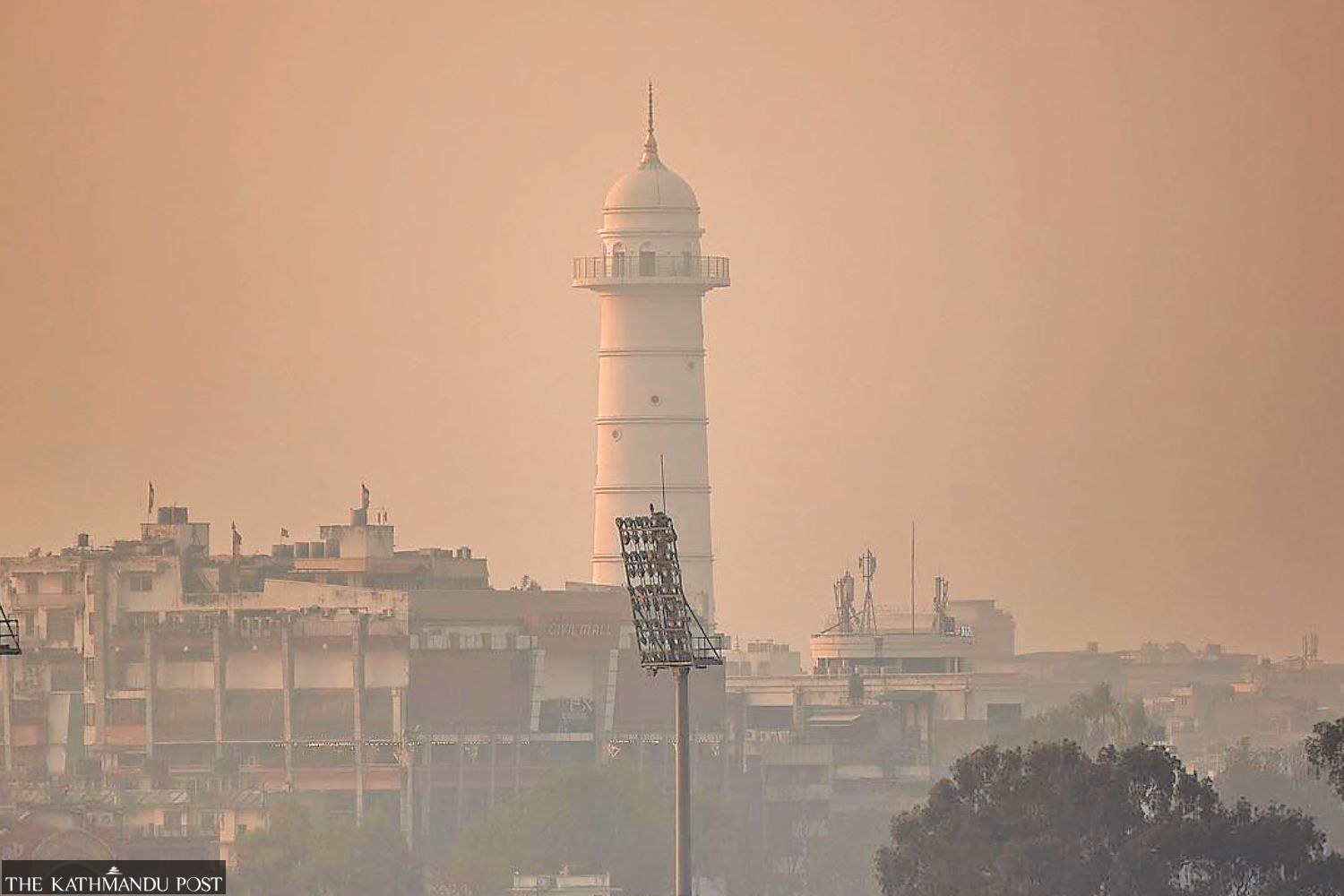Health
What do we know about the new strain of coronavirus, and should we be worried?
The virus, which has claimed 17 lives and infected hundreds, can be passed from person to person.
Sailendra Adhikari
A mysterious new virus, first reported in the Chinese city of Wuhan, has emerged as a major public health emergency. The virus, which has already claimed 17 lives and infected over 543 [as the Post went to press], has started to spread to other countries, prompting the World Health Organization to call a rare meeting. There have been confirmed cases of the virus in South Korea, Japan and Thailand, among other countries, while the United States of America too is now reporting cases. There are mounting fears of its rapid spread during the massive annual Lunar New Year migration. A number of Asian countries and the US have introduced new screening checks for passengers from Wuhan. What is this new virus and how worried should one be in Nepal?
Here is everything you should know about the virus.
What is the virus/outbreak all about?
The first suspected cases were reported in December 2019 in the Chinese city of Wuhan. Chinese authorities initially said the outbreak of viral pneumonia could be linked to Severe Acute Respiratory Syndrome (SARS). Their investigation found the cause of the disease was not SARS but a coronavirus.
Coronaviruses are a broad family of viruses, but only six are known to infect people. The new strain would take the number to seven. The viruses appear crown-shaped when looked under an electron microscope, hence the name corona, as it means crown. Coronaviruses usually cause mild to moderate upper respiratory tract illnesses, like the common cold.
World Health Organization initially said there was no clear evidence of sustained human-to-human transmission of the virus but did not exclude such possibility as the virus was linked to a seafood market in Wuhan.
After nine person died of the disease on Tuesday, Chinese authorities confirmed that the virus can be passed from person to person.
Where have the cases been reported?

The first cases were reported in Wuhan. In fact, over 400 cases were first reported in Wuhan. The virus has now spread to other Chinese cities including Beijing and Shanghai. The disease has been detected in the United States, Taiwan, Thailand, Japan, South Korea and Macau. The number of people infected with the virus has tripled over the past weekend. According to Reuters, the Chinese government has been providing daily updates on the number of cases in a bid to head off public panic, as millions of people prepare to travel domestically and abroad for the country’s Lunar New Year celebrations starting this week.
What are its symptoms?
Compared with SARS, the symptoms appear to be less aggressive, and experts say the death toll is still relatively low. According to the World Health Organization, the new strain of coronavirus causes a fever, fatigue, sore throat and dry cough in the early stages. But as the illness progresses, patients may experience difficulty breathing. Since these symptoms are similar to many other respiratory diseases, authorities are having difficulties controlling it. The UN health agency says chest scans of some patients showed lungs were inflamed and filled with liquid.
Is there a treatment?
As of now, no. Being a novel coronavirus, there is no vaccine and developing one can take time. As coronaviruses are effective at evading the human immune system, they are hard to treat.
Can the virus spread to Nepal?
Nepal is at a high risk of transmission of the deadly disease, as the flow of tourists from China is very high. More than 169,000 Chinese tourists visited Nepal in 2019. Furthermore, Nepal aims to attract two million foreign tourists in 2020, including 350,000 Chinese tourists, as part of its Visit Nepal campaign.
Following an alert from the World Health Organization over the possible spread of the new strain of coronavirus, the Ministry of Health and Population deputed a medical doctor, two paramedics and two staff nurses to the Tribhuvan International Airport health desk. But screening checks are not mandatory. The airport health desk has simply placed a signboard that urges passengers to contact personnel if they have a fever or other health complications. The health desk, which has been set up in the corridor, lacks thermal scanners, which show accurate body temperature only when used in air-conditioned rooms. All these, experts say, make Nepal vulnerable.
How prepared is Nepal to tackle the virus?

A 31-year-old student visited Sukraraj Tropical and Infectious Disease Hospital earlier this month, with complaints of fever, sore throat and pneumonia-like symptoms. Doctors were alarmed after learning that he had recently returned from Wuhan, the Chinese city identified as the epicentre. He was kept under observation. But Dr Basudev Pandey, director at the hospital, said he was discharged in five days after doctors saw an improvement in his health. There, however, is no confirmation if he had contracted the mystery virus, as the hospital lacked equipment to conduct tests. Also the term “under observation” did not mean that he was kept in an isolation ward. Doctors and nurses constantly came into close contact with the man. The hospital said it has sent specimens—throat swab and blood samples—collected from the patient to the WHO’s Collaborating Center in Hong Kong on Tuesday.
Dr Bibek Kumar Lal, director at the Epidemiology and Disease Control Division, an agency which is responsible to contain epidemics in the country, said that the country is not yet prepared to handle the epidemics like the one in China.
“I have to concede that we are not prepared for a massive scale outbreak,” said Dr Lal. “We do not have isolation facilities, our health desk at the international airport is ill equipped and we also lack other infrastructures.”
Despite multiple alarming incidents in the past, the country is still not adequately prepared to stave off infectious diseases. When a 21-year-old man from Kavre died of flu-like disease in a Kathmandu hospital last March, it took health authorities two and a half months to confirm that the patient had died of bird flu. The man returning from Wuhan has also laid bare the country’s preparedness to contain the deadly virus.
What’s the latest?
Two days after the World Health Organization said it believed an animal source was the “primary source” of the outbreak of the new virus, and Wuhan authorities identified a seafood market as the centre of the epidemic, China on Wednesday warned that it could mutate and spread. “The illness is mainly transmitted via the respiratory tract and there is the possibility of viral mutation and further spread of the disease,” AFP news agency quoted National Health Commission Vice Minister Li Bin as telling a news conference in Beijing. Chinese authorities have also confirmed that the virus can be passed between people.




 5.39°C Kathmandu
5.39°C Kathmandu





